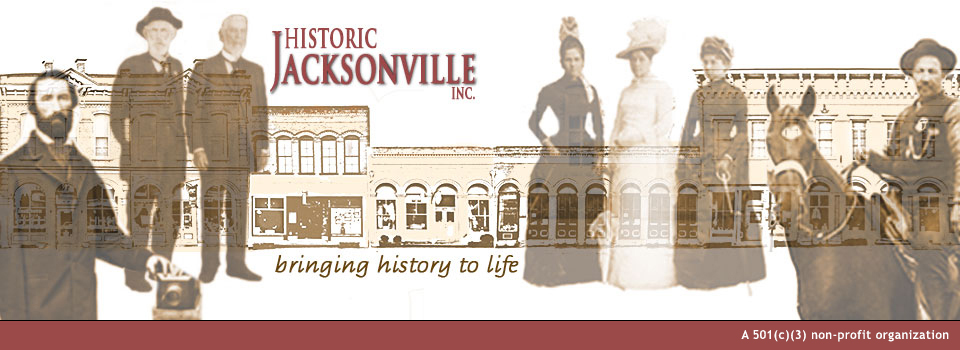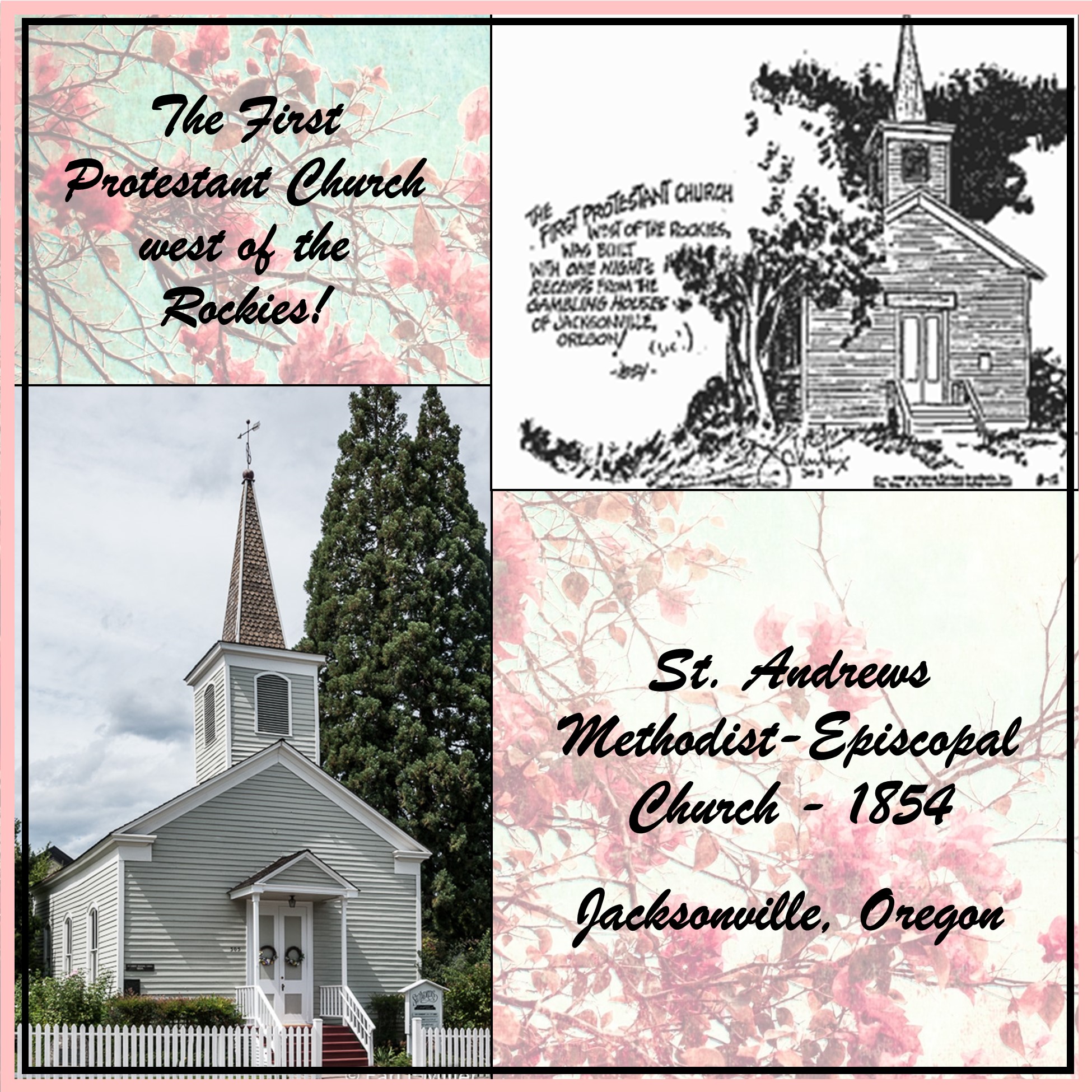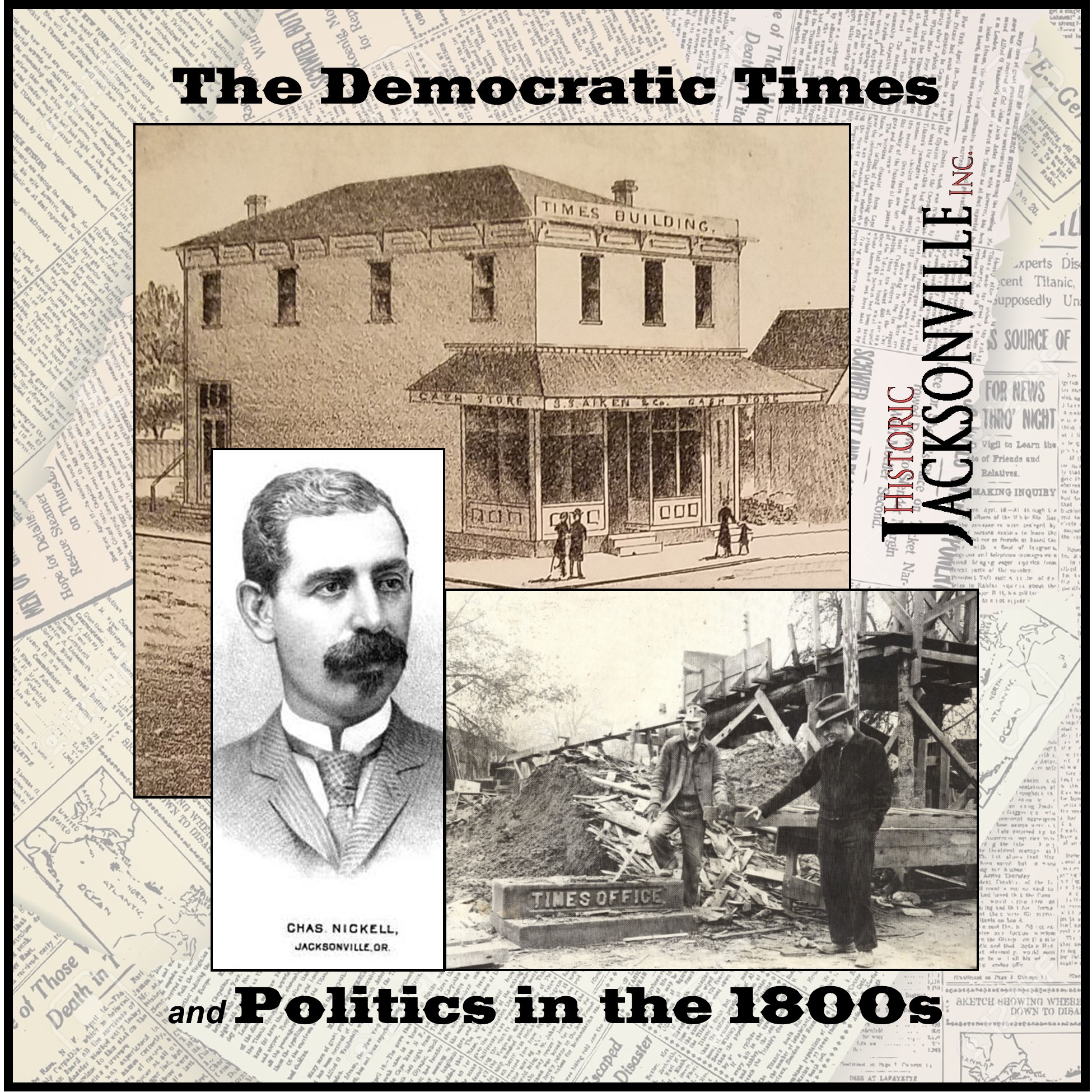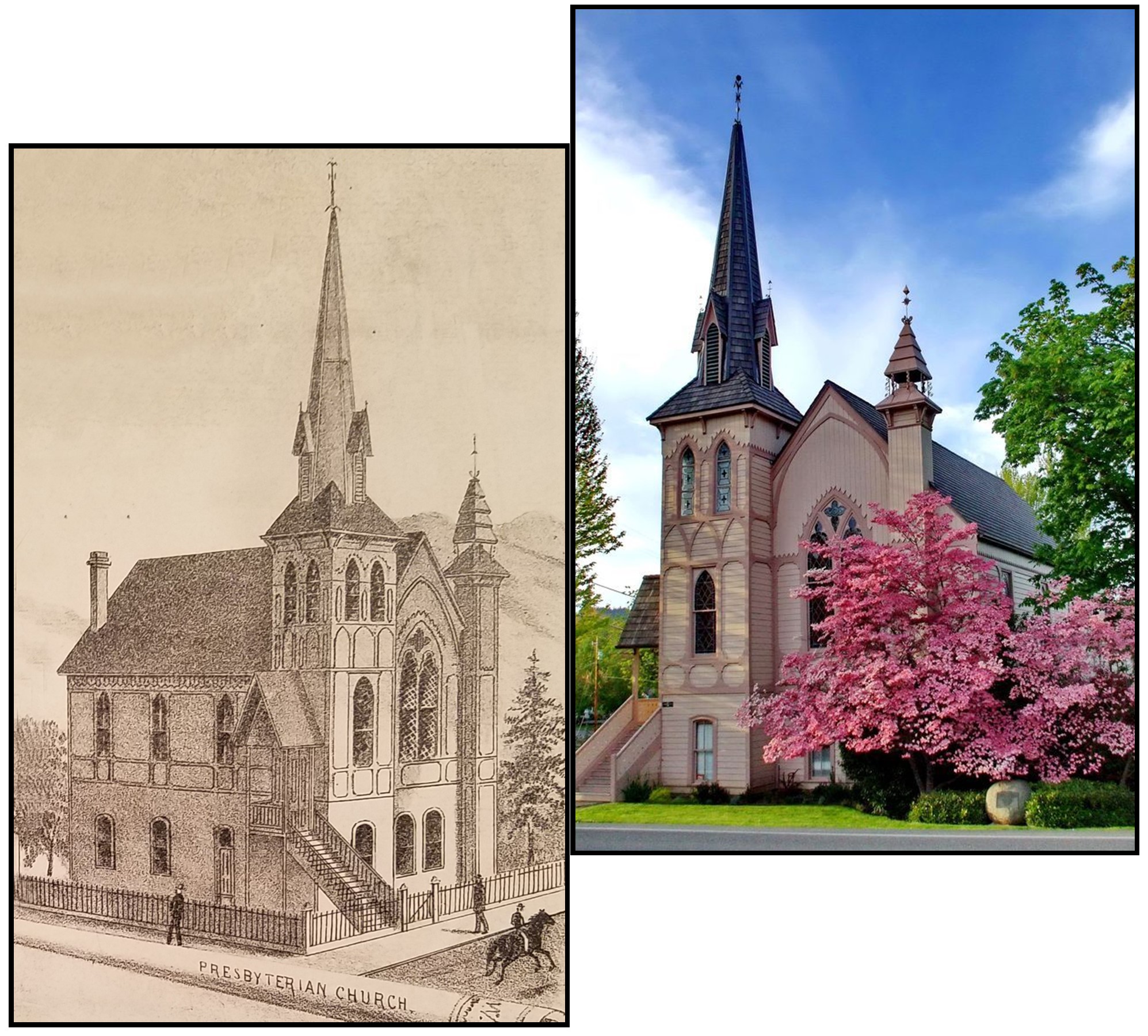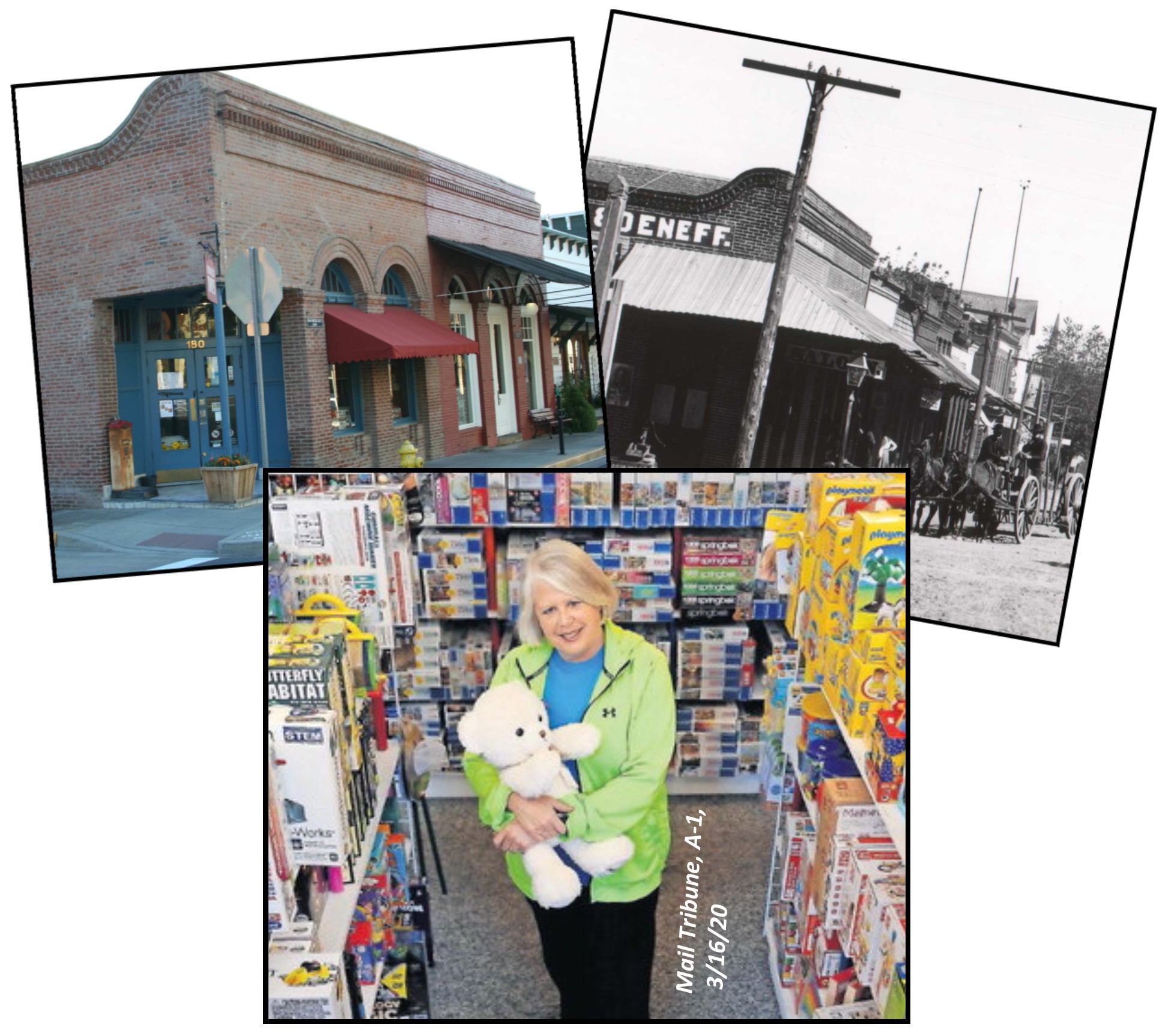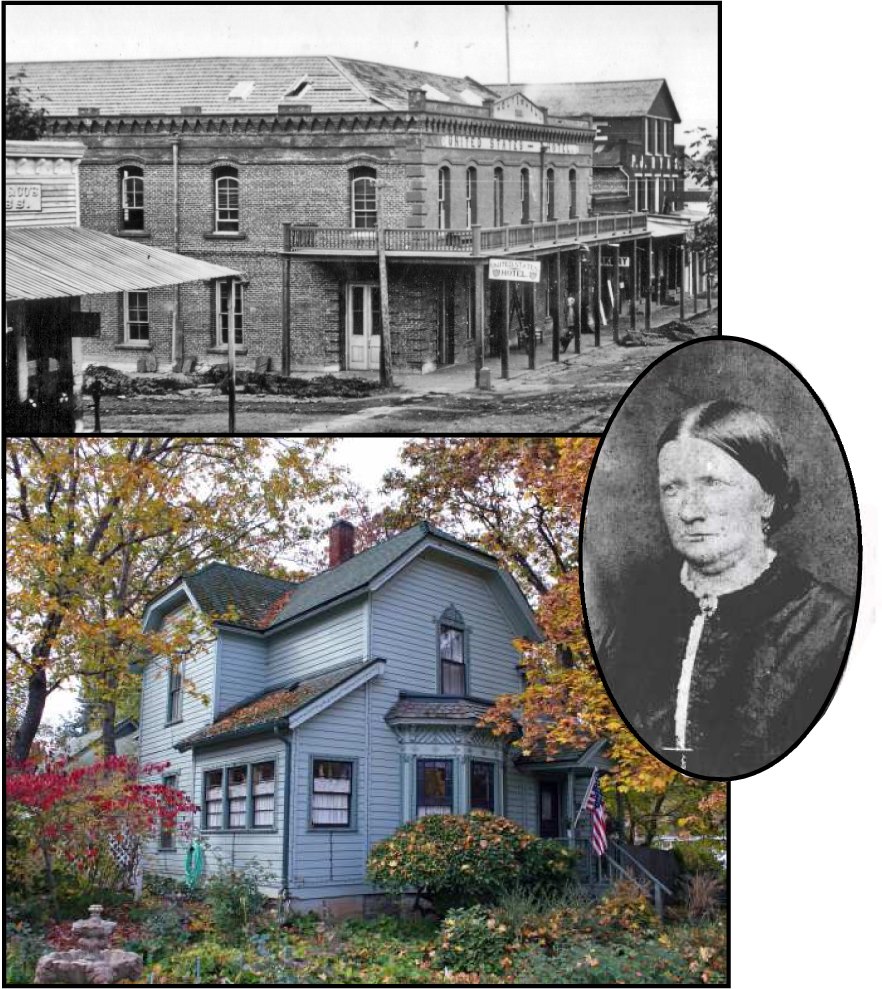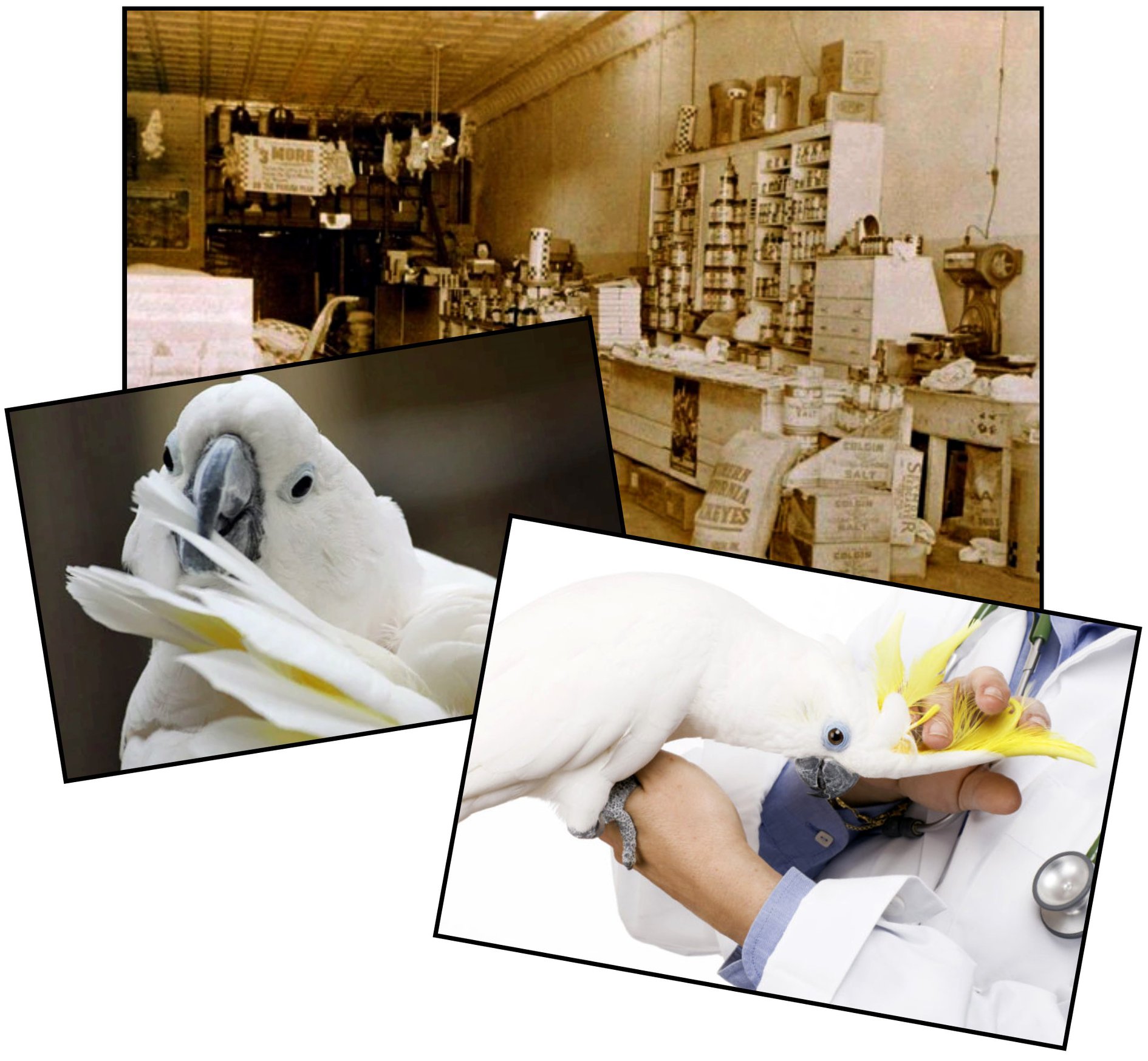XXX
Purchase Tickets
2022 Tickets will be available at the beginning of May.
(If you receive a “Sold Out” message, please call 541-245-3650 to determine availability. Refunds or exchanges are not available on the day of the event.)
DISCLAIMER: All tour attendees do so at their own risk and waive any liability claims against Historic Jacksonville, Inc. or any volunteer. This includes illness and injury, as well as loss, damage or theft of property. Historic Jacksonville, Inc. reserves the right to refuse admission or eject persons at any time.
YYY
May 13
June 10
July 8
August 12
September 9
and October 14 and 15 when the tours start 1 hour earlier at 6pm and we add a 5th tour at 7pm–still alternating the starting tours.
Historic Jacksonville shares tidbits from Jacksonville history every Tuesday on our Facebook page. Like us at Historic Jacksonville (historicjville) and enjoy our tales and stories of the people and places that made Jacksonville the major hub of southern Oregon in the late 1800s. And visit the Southern Oregon Historical Society Library and Archives for access to the historical images included in our posts.
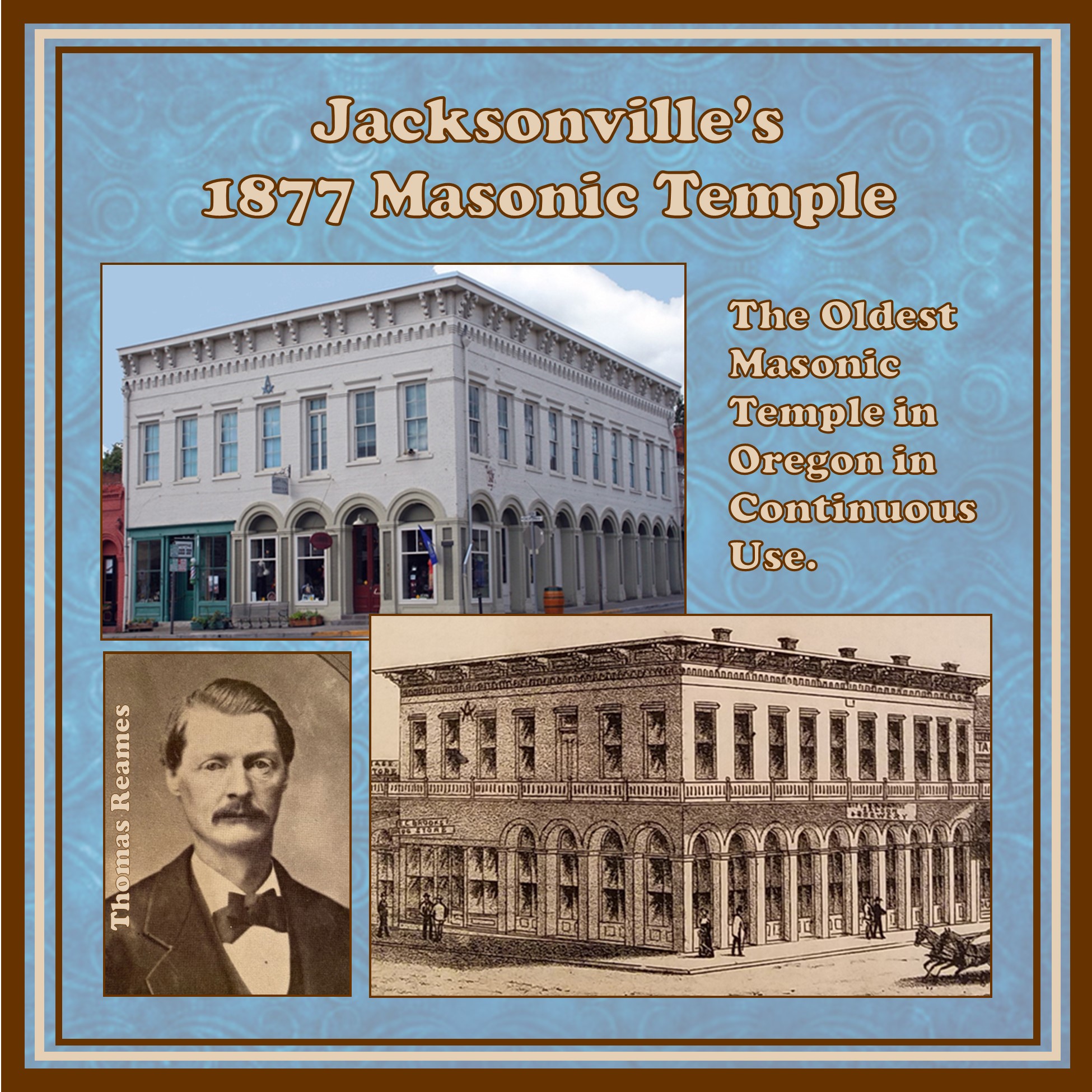
Jacksonville’s Warren Lodge No. 10 of the Ancient Free & Accepted Masons, founded in 1855, was the first Masonic order south of Salem to construct a meeting hall. The original 1858 lodge building stood on the block now occupied by new City Hall (the historic County Courthouse). The current Masonic temple at the corner of California and Oregon streets was constructed between 1874 and 1877 by brick mason George Holt. Carpenter and builder David Linn added a “neat and substantial balcony.” When it was completed in 1877, it was described as “one of the finest buildings in Southern Oregon.” It remains the oldest temple structure in Oregon in continuous use as a Masonic meeting hall.
Following a visit to Jacksonville in 1877, J.W. Bird, editor of the “Yreka Union,” wrote, “There are several fine brick buildings, especially the one recently erected by the Masonic fraternity at a cost of $12,000. It is two-story, and besides a very fine lodge room has a large club room also in the second story. The first floor is readily rented for business purposes.”
At the time of construction, the Worshipful Master presiding over the Warren Lodge was Thomas Reames. Reames is credited with the concept of including retail space on the first floor of the Lodge which enabled the Lodge to operate from income received from the rentals. In the 1880s, a “City Brewery,” “Saloon,” and “Bakery” occupied the ground floor. In the early 1890s, the post office and a cigar store were located on the first floor and later a “furniture warehouse.” Today the ground level is home to La Boheme, the Jacksonville Barber Shop, and Jefferson Farm Kitchen.
Historic Jacksonville shares tidbits from Jacksonville history every Tuesday on our Facebook page. Like us at Historic Jacksonville (historicjville) and enjoy our tales and stories of the people and places that made Jacksonville the major hub of southern Oregon in the late 1800s. And visit the Southern Oregon Historical Society Library and Archives for access to the historical images included in our posts.

Save
Save
Save
Save
Save
Save
Save
Save
Save
Save
Save
Save
Save
Save
Save
Save
Save
Save

July 14,2020
Last week Historic Jacksonville, Inc. shared the fact that Old City Hall stands on the site and is built from bricks from the first brick building constructed in Jacksonville—the 1854 Maury & Davis store. Directly across W. Main is the second brick building erected in town, the 1855 Brunner building. Although it has undergone numerous modifications over the years, it remains the town’s and Oregon’s oldest brick building still standing. Jacob Brunner was an early arrival to the young gold mining camp and by 1854 had established himself as a merchant carrying one of the heaviest stock of goods. A year earlier, Brunner had purchased the Main and Oregon corner lot at the new settlement’s first commercial street intersection. By January 1856 he was advertising his “fire-proof brick” store. An 1860 rear addition made it not only the “largest store building in Jackson County” but also “the largest south of Salem.” Brunner was among the first elected Trustees of Jacksonville after the town government was organized in 1860. However, by 1863 he had sold the “Brunner Building.” Belatedly catching “gold fever,” he appears to have moved on to the mines of southern Idaho.
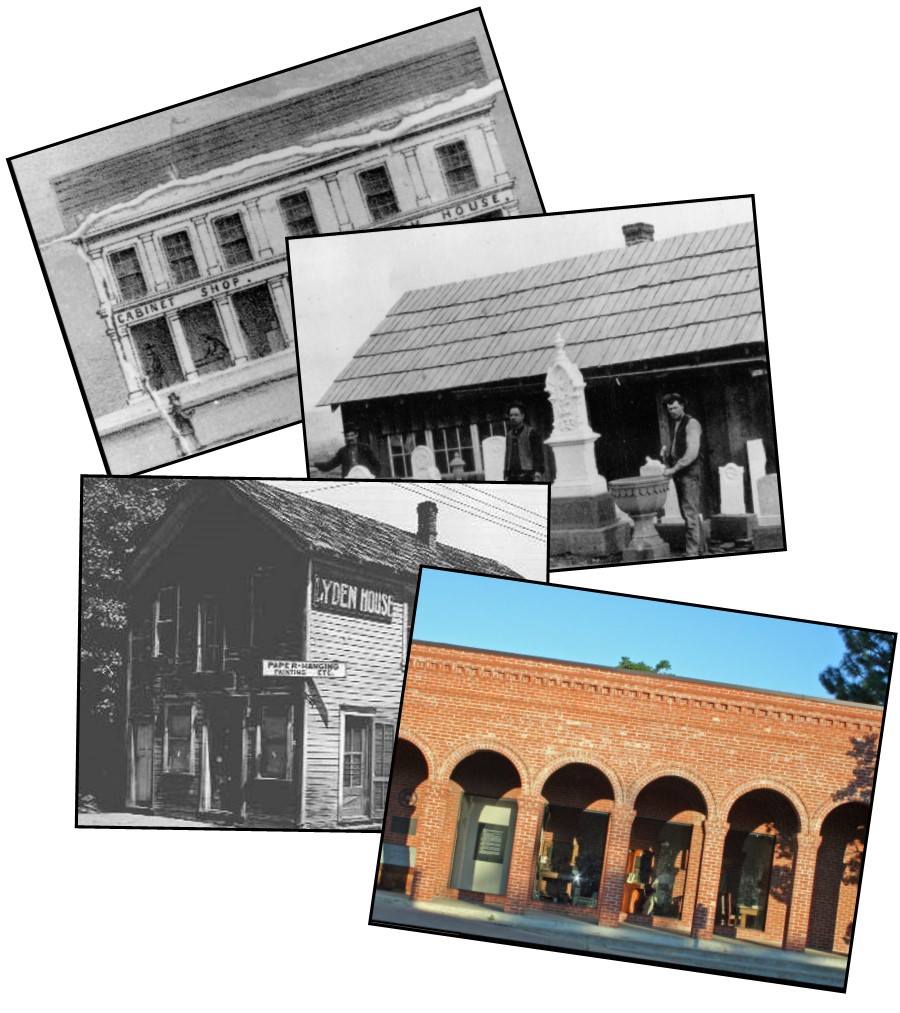
November 7, 2017
One legend has it that the crossroads of California and Oregon streets were so named to avoid the tax collectors. Oregon tax collectors were supposedly told they were in California; California tax collectors were told they were in Oregon. True or not, many businesses have occupied the prime commercial location at the northeast corner of that Jacksonville intersection. One of the earliest was David Linn’s furniture factory, showroom, and planing mill. When it burned in an 1888 arson fire, J.C. Whipp’s marble works took its place. Around the turn of the century, millwright John Lyden expanded Whipp’s display room into the Lyden House which became a popular boarding house and restaurant. A 1962 Mail Tribune wrote the Lyden House obituary. Sometime after 1962 the Lyden House was torn down and replaced by the current telephone exchange building.
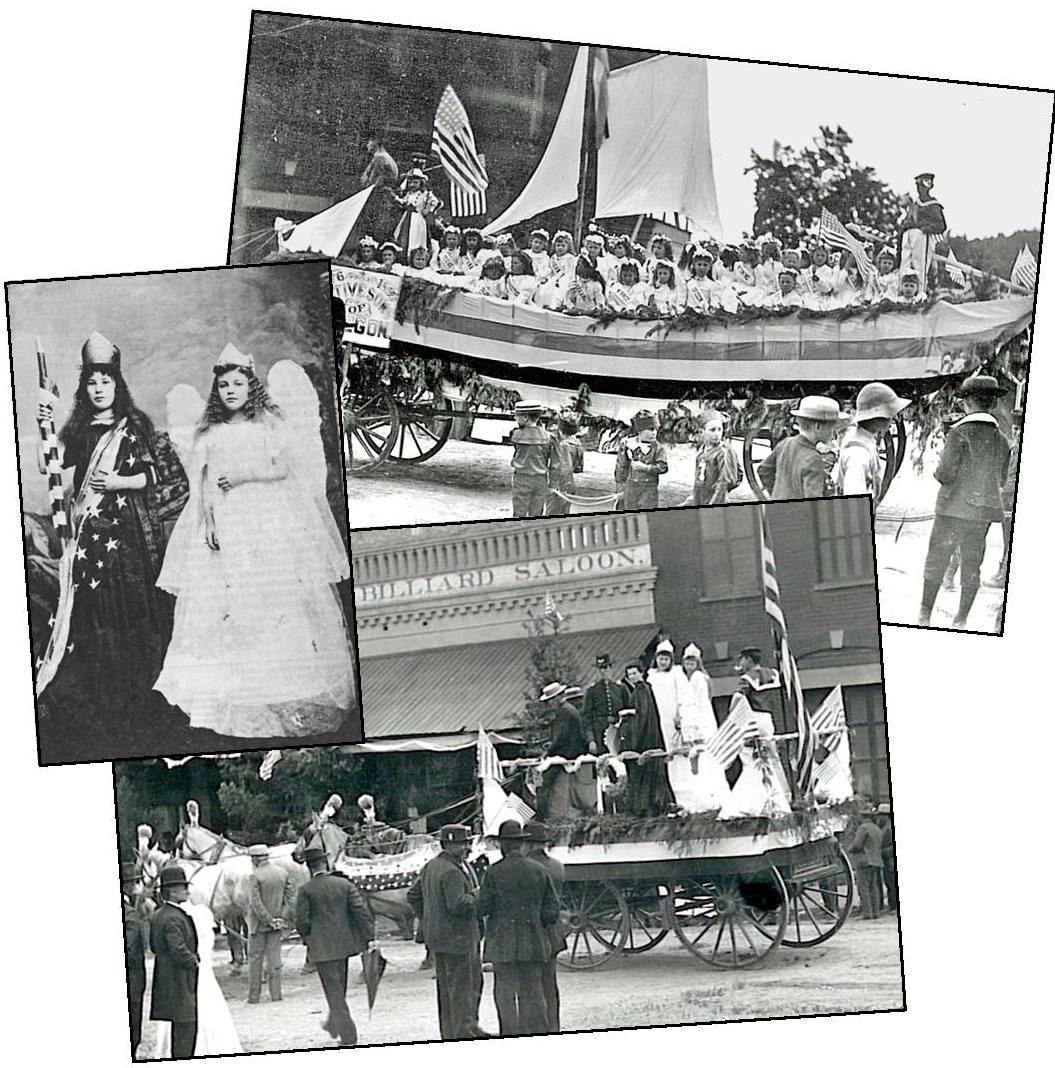
July 4, 2017
Well into the 20th Century, the Fourth of July was a bigger holiday than Christmas. Christmas emphasized religion and family; Independence Day was a huge public celebration! And Jacksonville celebrated along with the rest of the country. A typical 1800s Fourth would begin with a reveille of cannon and gun fire, followed by an elaborate parade. This week’s photo shows typical parade floats—one carrying 38 young girls representing each state, a second carrying the Goddess of Liberty and the Angel of Peace. The parade would culminate in a full day of oratory, food and drink, music, games, dancing, and other activities. For a full description of Jacksonville’s 1876 Centennial Fourth of July celebration see the July 2017 Jacksonville Review: http://jacksonvillereview.com/glorious-fourth-carolyn-kingsnorth/.
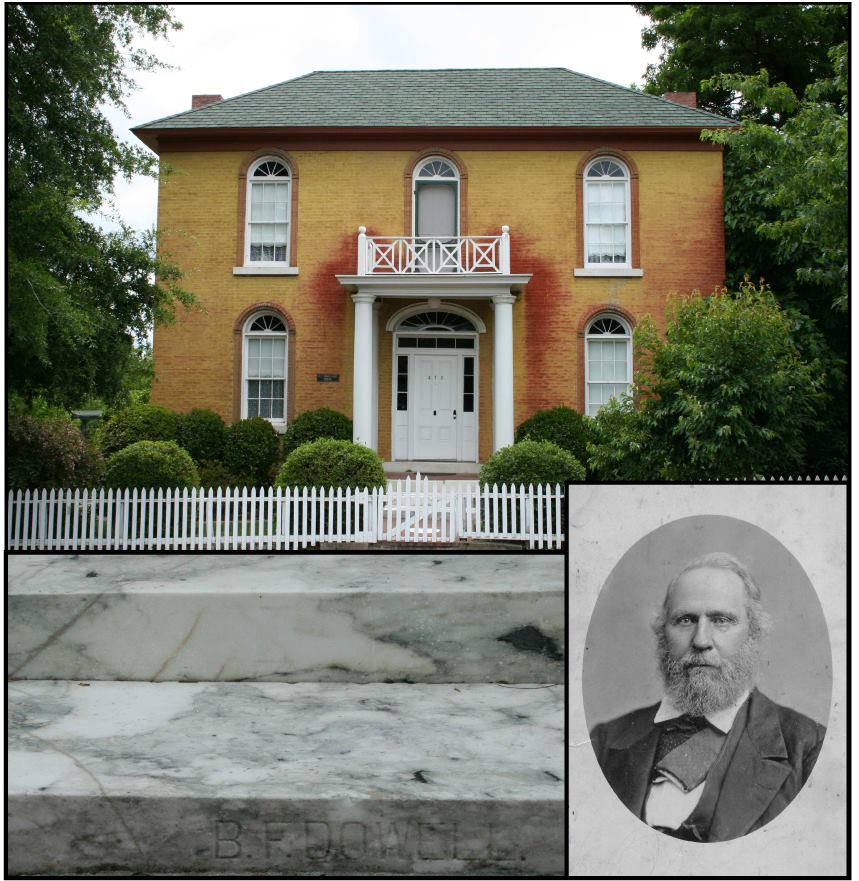
August 18, 2015
The B.F. Dowell house at 475 N. 5th Street is one of the earliest Italianate style homes built in Oregon. Constructed in 1861, it may also have been the first home in Jacksonville to be built of brick. Most homes of the period had wood burning stoves for heat, but this distinctive home has 4 fireplaces—one of black onyx and 3 of marble. The marble probably came from Dowell’s own marble quarry on Williams Creek. That same marble was also used for the porch steps and all the window sills.
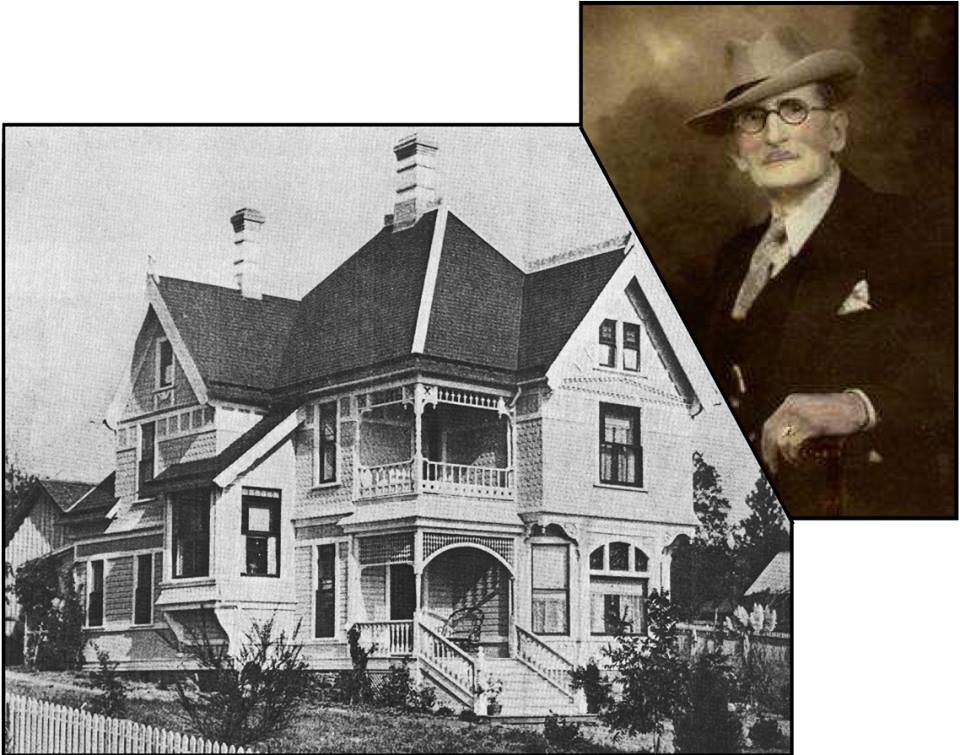
June 2, 2015
Dr. John Robinson, the most popular doctor in Jacksonville in the late 1800s and at one time a partner in the Kahler Drug Store, built this elegant Queen Anne style home on North Oregon Street in the 1890s, near the Jeremiah Nunan estate. Both houses were built from the same architectural catalog, “The Cottage Souvenir” published by George F. Barber. The Robinson home burned to the ground in the 1930s.
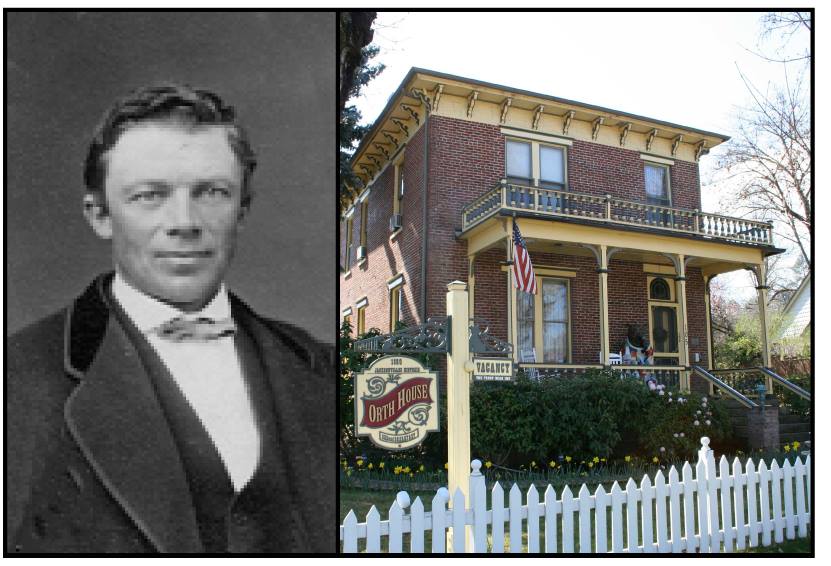
May 19, 2015
The 2-story Italianate “villa” at the corner of Main and South 4th streets, was erected in 1880 during the final period of Jacksonville’s growth. It was built for German-born John Orth, a local butcher noted for “his remarkable business ability and intelligence.” Orth served as City Councilman for several years and also as County Treasurer. He and his wife, Irish-born Ellen Hill, raised a family of seven in this home.

March 31, 2015
Frank TouVelle, who built Jacksonville, Oregon’s “Orchard Boom” Craftsman house at 455 N. Oregon Street, was elected Jackson County Judge from 1913 through 1916. During his tenure, he successfully campaigned for improvement of County roads. Later, as State Highway Commissioner, he was directly responsible for the construction of Highway 99 that followed the earlier routes of Indian trail, Toll Road, and Pacific Highway over the Siskiyous. Read more about in the April 2015 issue of The Jacksonville Review!
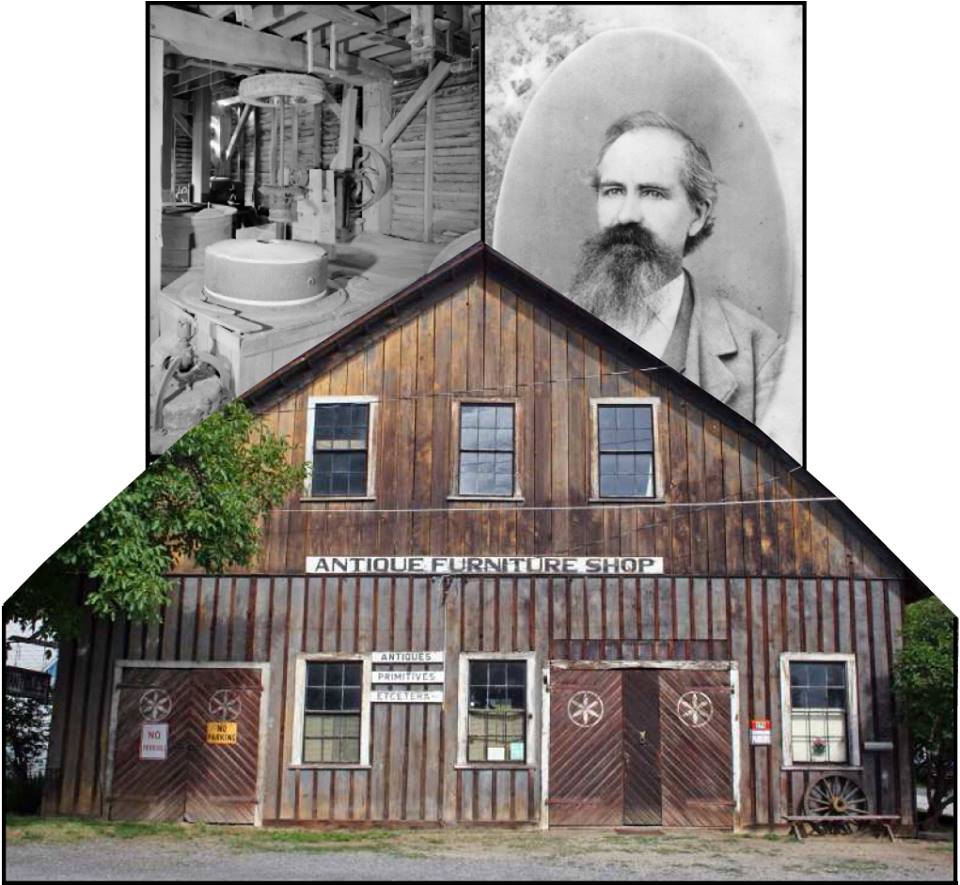
January 27, 2015
The Applebaker Barn, located at the corner of North 3rd and D streets, is one of the few remaining structures directly linked to Jacksonville’s early agricultural economy. The building was originally a steam grist mill, located about 1 mile south on 3rd. Businessman Gustav Karewski purchased it in 1881, a year after it was constructed, and within three years it ranked third in the state in flour production. In 1915, Joseph Applebaker dismantled, moved, and reconstructed the building at its present location to serve as his blacksmith’s shop.
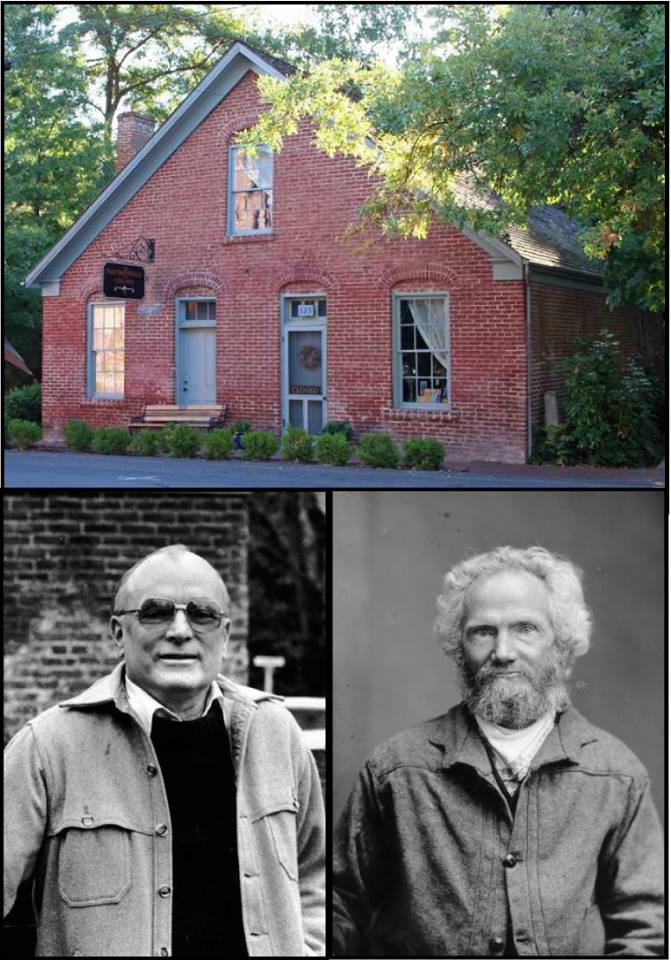
November 25, 2014
South Stage Cellars, at 125 South 3rd Street in Jacksonville, has had many incarnations. Built around 1865 by Irish immigrant P.J. Ryan as his residence, it subsequently housed hotels, a restaurant, a doctor’s office, a butcher shop, an ice cream parlor, and a saloon. In the 1960s it became the home of Robertson Collins, the individual credited with preventing Highway 238 from taking out 11 of Jacksonville’s historical homes and the leader of the organization that established the city’s National Historic Landmark status.
